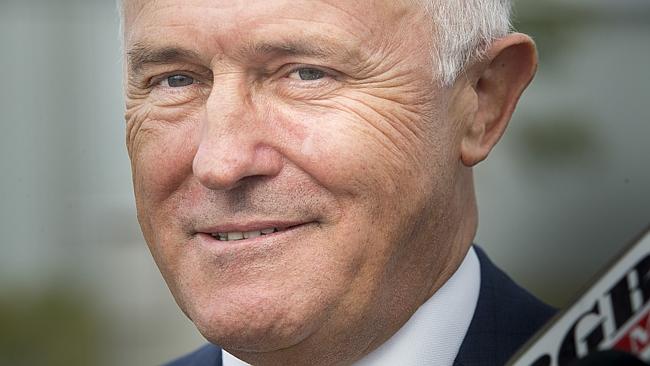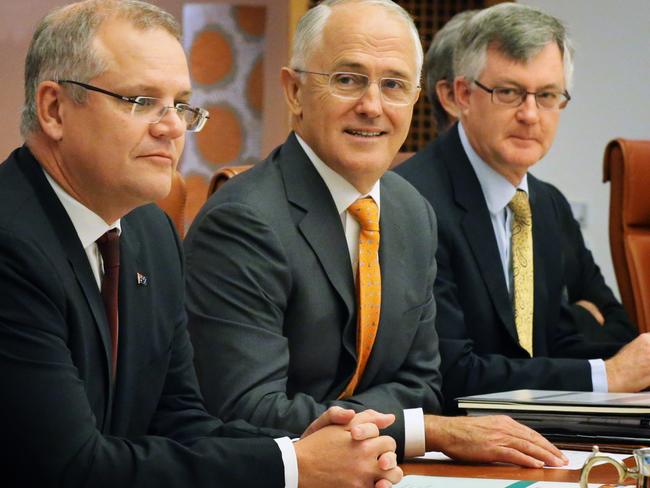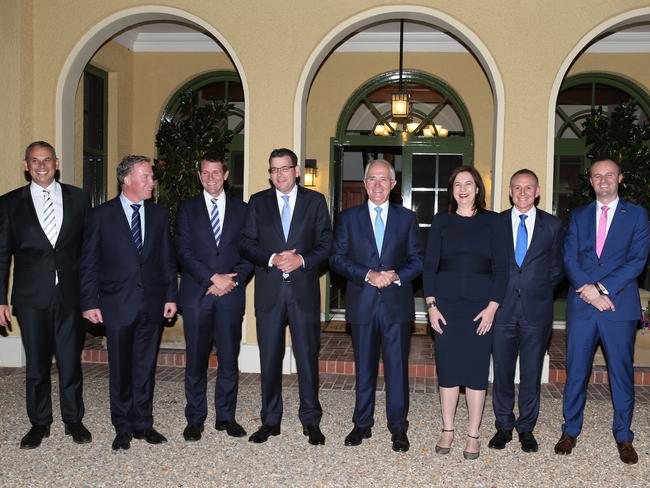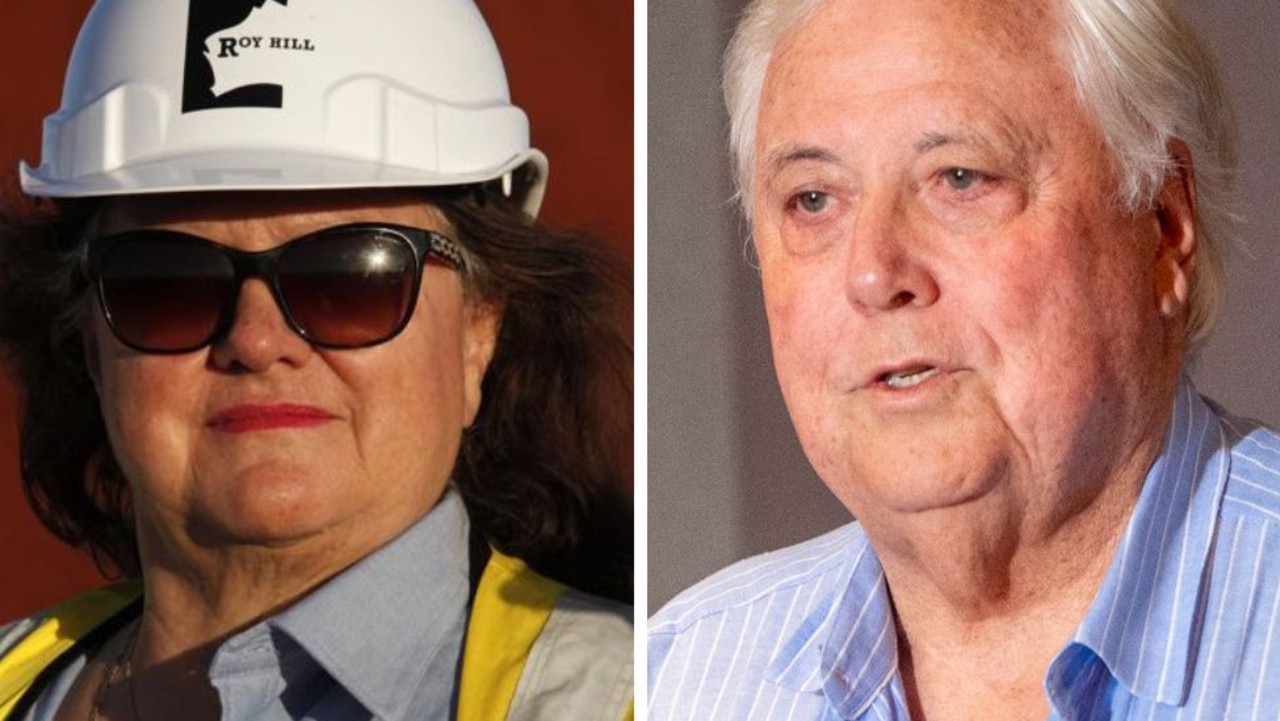State versus state in Turnbull’s new tax plan
WHAT was the Prime Minister thinking? His latest bold idea has been torn to shreds by state leaders, who may have just avoided a fierce interstate battle.

RETURNING income taxing power to the states would have resulted in a fierce interstate economic battle that would see Australians vote with their feet and move their lives across borders to get a better deal, economists warn.
The Prime Minister met with state premiers and territory chief ministers yesterday to discuss his plan to lower the federal government’s income tax and have the states make up the rest by collecting their own tax, to do with which whatever they please. If his bold scheme had gone ahead, they would eventually have been able to set their own tax rates as well.
He failed spectacularly though — premiers and chief ministers weren’t keen and the idea is now off the table, for now, after Malcolm Turnbull conceded there was “nothing like a consensus” and accepted defeat on the issue.
What he had been attempting to do with the tax shift was to force more responsibility onto state governments, and encourage greater accountability to its voters.
It’s a new way of funding school and hospitals and is also designed to encourage competition between the states and force them to operate more efficiently. It’s a model called competitive federalism, which allows states to battle it out over a range of issues to compete to provide their citizens with the best value goods and services at the best cost.
It also frees up a lot of the Prime Minister and Treasurer’s time usually spent to distributing income tax to the states, and allows them to sit back and watch the competition heat up.

As RMIT economist Professor Sinclair Davidson explains, the job of governments is to raise revenue to pay for public services, and once they’ve raised that money, states can bundle together the goods and services in whichever way they believe best suits their people.
“At the moment, because the federal government has so much power over the revenue that goes into health and education, for example, there’s not much difference between the states,” he says.
“But once that changes, for people whose state’s bundles of goods and services don’t suit their needs, they can start looking around.”
With a mobile population threatening to abandon its state government, effectively stripping it of a major revenue supply, the voting public would have a lot more control over state governments, Prof Davidson says.
“It is a very democratic reform, because it actually makes it easier for people to have control,” he says.
“Governments would have more of an indication of their success and approval with people moving into or out of the state. You would have population flow, increased or decreased economic activity, and of course at election. If you’re unhappy with the government you could vote them out.”
With state governments made more eager to please, it sounds like this new tax plan would be a win for voters, if those downward pressures on tax rates the system’s meant to encourage do come off.
But, doesn’t packing up your life, your family, changing jobs and moving interstate seem like an awful lot of trouble to go to make a point to the government.
“It is,” Prof Davidson says.
“But you can also vote against them in an election. Ideally you want to have better control over your government, and if you don’t like what they’re doing there’s always the option to move.
“That happens in America and in Europe, and there's no reason why it shouldn’t happen here.”

While “jurisdiction shopping” is part of the bargaining power that would come with competitive income tax and government provisions between states, research suggests it’s unlikely to have a massive effect unless the differences in tax rates were massive.
The most likely outcomes of the change would be increased competition around health and education in terms of what state governments aim to provide.
Disparity in income tax levels around the country is a real possibility, with many fearing states may move to increase the rate as they aim to raise more revenue.
However, Curtin University Associate Professor Helen Hodgson argues state tax competition could lead to a race to the bottom.
“The biggest challenge that would emerge is if states chose to exercise the right to increase or decrease their income tax rates,” she writes in an essay published on The Conversation.
“However, tax competition can also lead to a race to the bottom: if one state lowers its taxes, other states are likely to follow.”
Prof Hodgson says boosting migration between the states would put pressure on state governments to reduce their own rates as they compete to retain their populations, while “a general lowering of tax rates would defeat the stated intention of allowing states to raise additional funding for health and education.”
But all this of course is up in the air as the suggestion by the federal government has been met with a lukewarm reaction from premiers.
WA Premier Colin Barnett is so far the only state leader on board with the proposal. NSW Premier Mike Baird’s reaction was only lukewarm and their interstate colleagues were not impressed.
And when he sat down with state and territory leaders in Canberra at the Council of Australian Governments meeting, Malcolm Turnbull had a whole lot of convincing to do.




